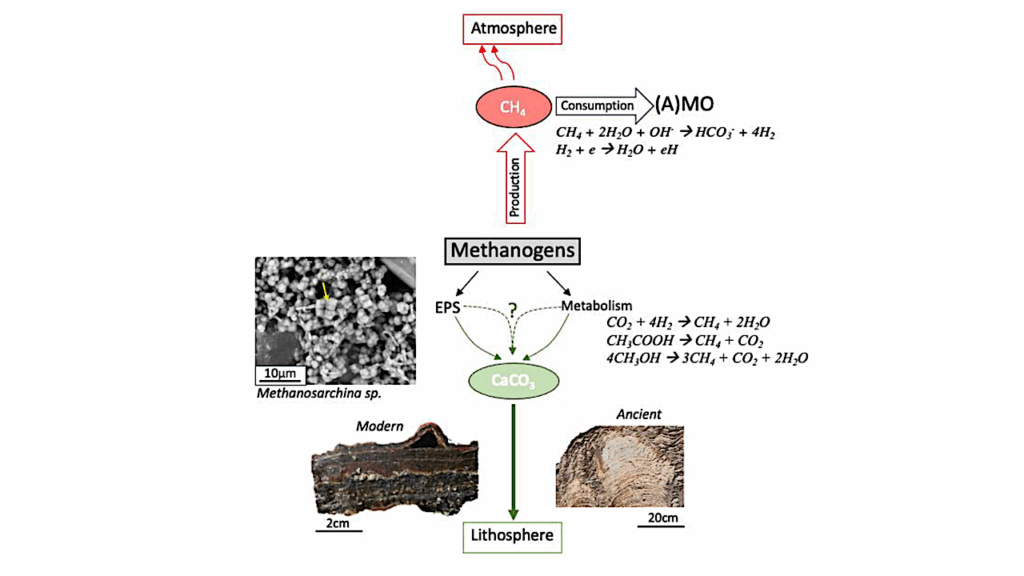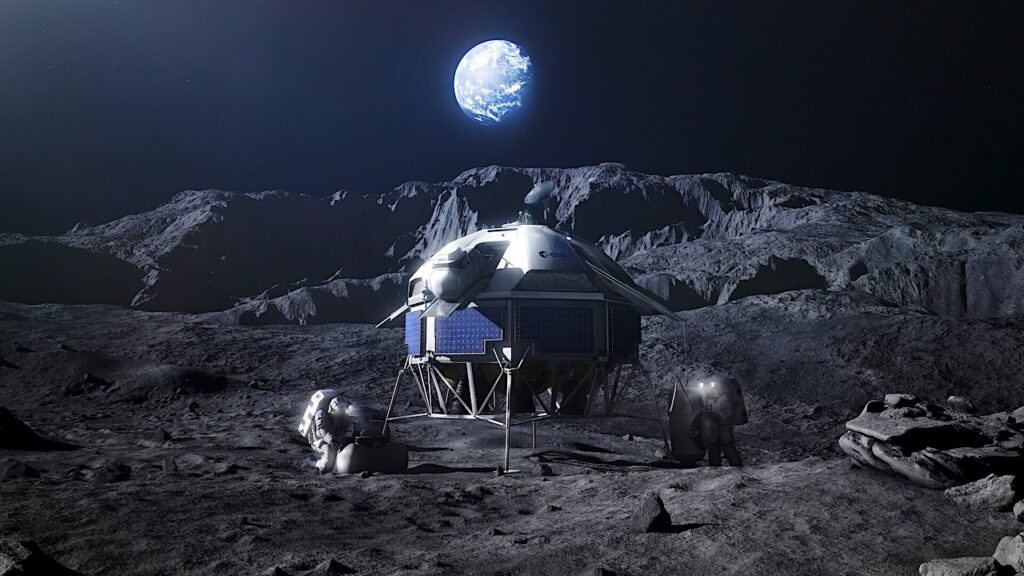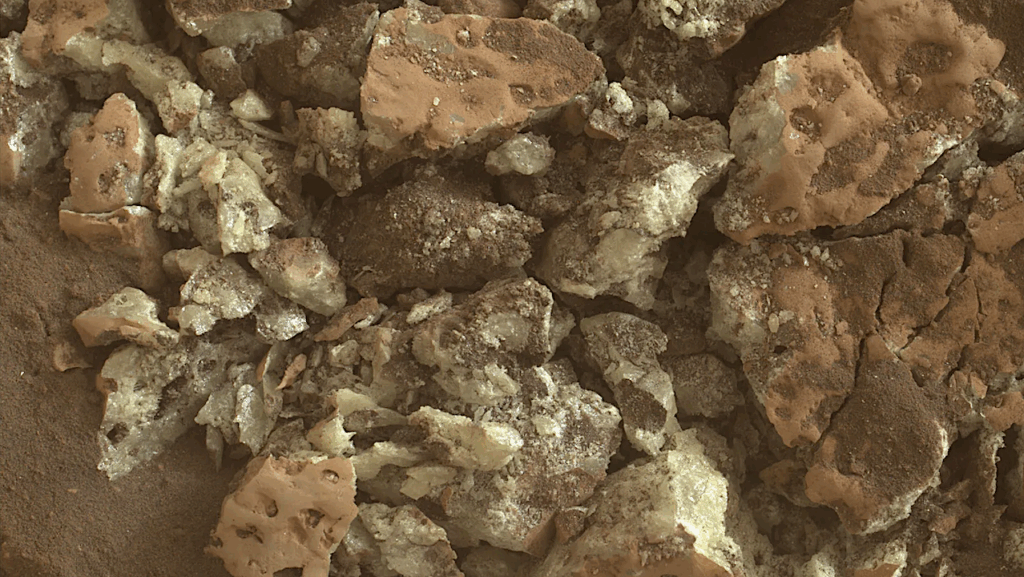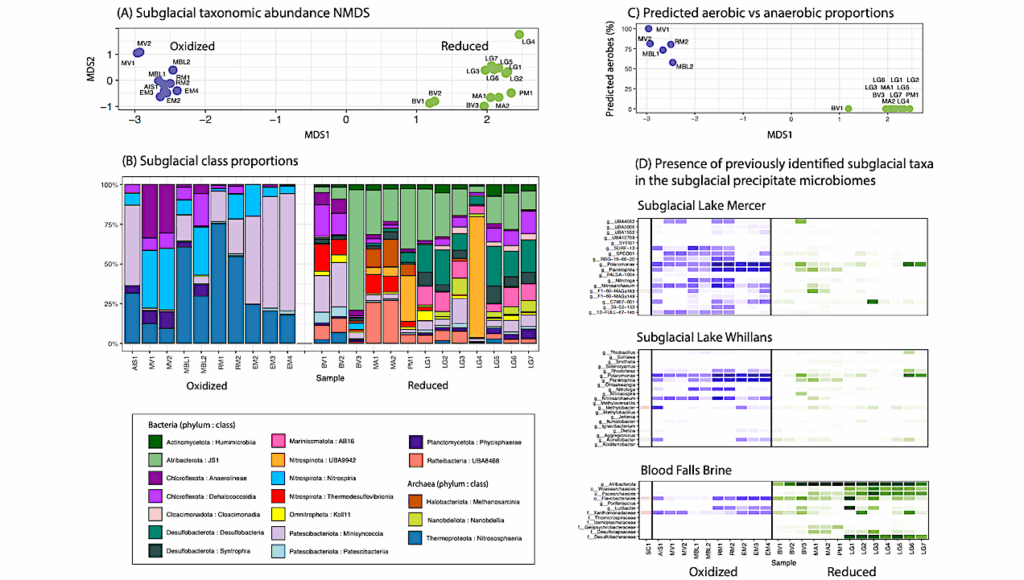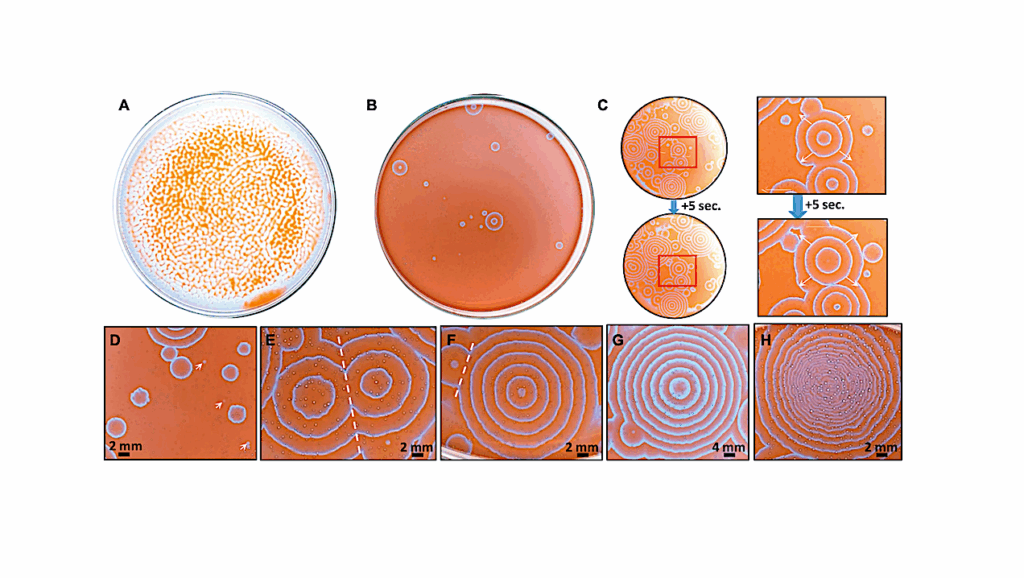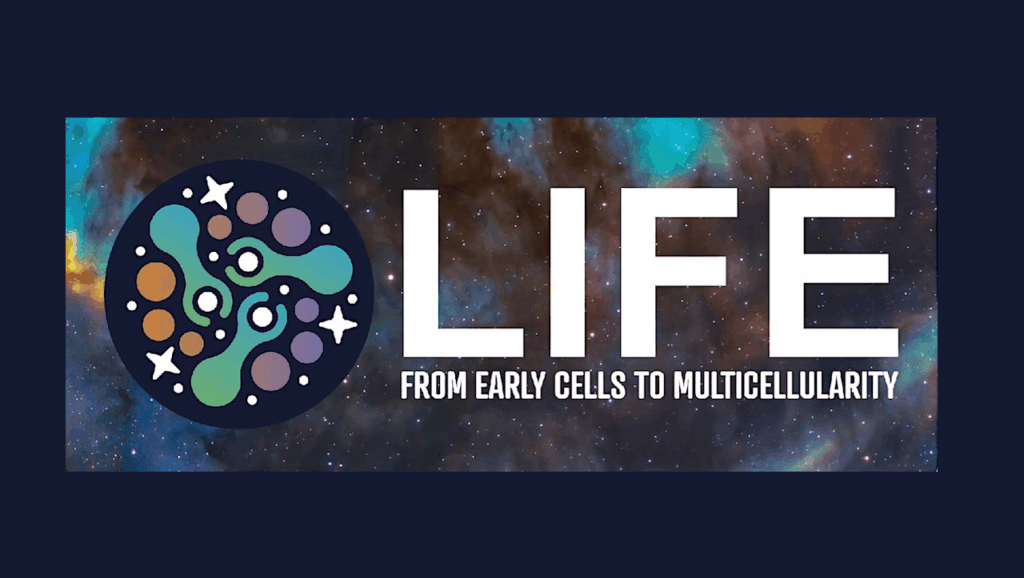Cellular Remains in A ~3.42-billion-year-old Subseafloor Hydrothermal Environment

While Earth may have been a habitable planet long before the Paleoarchean Era [3.6 to 3.2 billion years ago (Ga)], as rocks of this age retain a diversity of fossil evidence for life the complexity of life’s cellular constituents, range of metabolic pathways, the niches it occupied locally, and global diversity of its habitats remain largely unknown.
The Onverwacht Group of the Barberton greenstone belt (BGB) of southern Africa hosts a diverse record of microbial life. Spherical, coccoidal, spindle-shaped, and filamentous microfossils and silicified microbial mats have been reported from marine sedimentary chert units intercalated with a felsic-to-ultramafic volcanic pile. Different depositional environments have been proposed, ranging from tidal-influenced shallow marine to deeper water settings on subsiding volcanic platforms.
A close link between chert deposition and synsedimentary, low-temperature hydrothermal activity has been proposed for many of the BGB chert units because of the presence of hydrothermal alteration zones, cross-cutting chert veins, and coupled Si-O isotope systematics (10). Subseafloor hydrothermal systems generate fluids highly enriched in reduced inorganic chemical species that mix with more oxidized seawater to produce thermal, redox, and proton gradients in a diversity of (micro)habitats.
In addition to being important for life’s early evolution, seafloor hydrothermal systems could have been the first environment to which life adapted or where it first emerged. Here, we report the discovery of well-preserved putative filamentous microfossils from a ~3.42-Ga subseafloor hydrothermal vein system from the BGB that provides the oldest evidence for indigenous subsurface microorganisms (section S1) with a methane-based metabolism.
Full article: Cellular remains in a ~3.42-billion-year-old subseafloor hydrothermal environment, Science Advances (open access/creative commons)
Astrobiology


